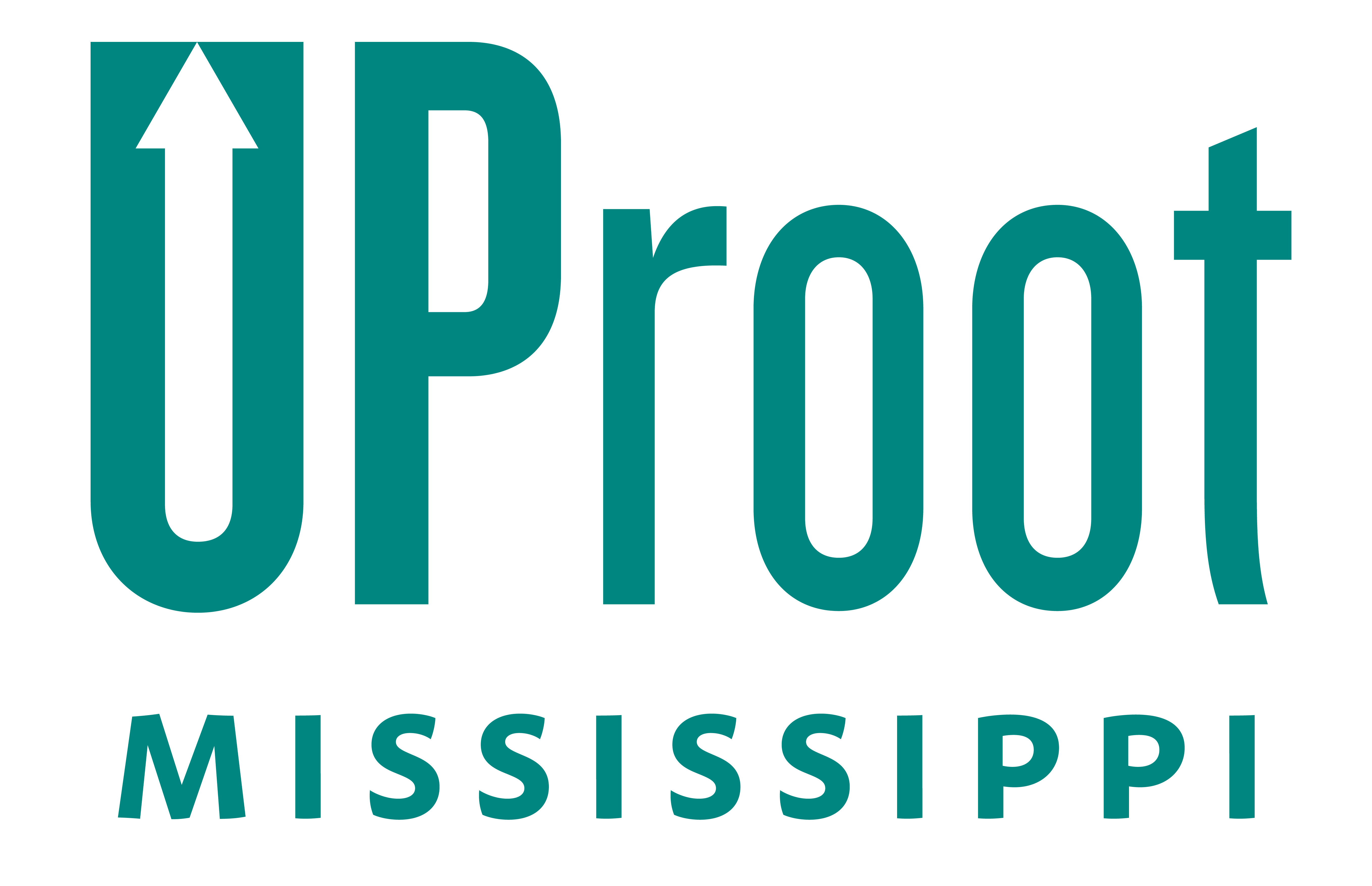Kaye Bender, Executive Director of the Mississippi Public Health Association (MPHA) speaks on the development of the State Health Assessment (SHA) and the State Health Improvement Plan (SHIP) and suggests what you can do to help improve the health of our state and local communities.
Although similar in name, the SHA and the SHIP have very different functions when it comes to improving our state’s health.
“Think of it in phases,” Bender said. “The State Health Assessment would be phase one, consisting of collecting data. The State Health Improvement Plan would then be phase two putting that data into action.”
The SHA not only collects data, but also presents that data in a way that is comprehensive and relatable. What kind of data does the SHA collect? Factors contributing to health issues, rates of obesity and chronic diseases in the state, and causes of death or hospitalization are all data findings presented in the assessment.
Additionally, the SHA lists ways communities can optimize their health assets, overcome social or economic barriers, and outlines potential system, capacity, and social issues that may inhibit healthcare access or quality. This data is based on listening sessions that are held across the state when a new SHA is being developed.
These listening sessions provided the public with an opportunity to express both the assets and barriers that are affecting their communities as well as what health issues they feel need to be prioritized. The SHA is updated to reflect the needs of the public, therefore ensuring that community needs are represented and addressed.
After the SHA is developed, through a collaborative effort between UProot partners and The Mississippi State Department of Health (MSDH), The State Health Assessment Improvement Committee (SHAIC) convenes to review the data and develop work plans for the SHIP. The SHAIC is composed of over a hundred representatives from a range of organizations, businesses, and state health departments that are interested in improving the state’s health.
“They’re an awesome group,” Bender said about the SHAIC, “I have been so impressed with the commitment of this group to have these conversations.”
The work plans act as benchmarks for the SHAIC to measure overall progress toward improving the state’s health and addressing the root causes of certain disparities and health conditions over the next three to five years.
“The State Health Improvement Plan moves beyond the assessment of the State Health Assessment,” Bender said, “and asks ‘what are we going to do about our issues?’”
Once the work plans have been developed, they are shared with the public. Feedback is collected from a 15 minute survey that is designed for anyone to review and comment on the developed work plans. The feedback period has passed for the latest work plans, but if you’re interested in improving our state’s health, you can do so by staying informed and inspiring healthy activities and engagement in your community.
“Anybody–members of the public or organizations that may not yet be part of SHAIC, can look at the work plans and offer feedback,” Bender said. “Feedback helps us further refine the work plans. So it’s very important for us to get feedback to know if our work plans are feasible. It can also inspire people to learn more, or to become further engaged with improving our state’s health.”
After the feedback period, the SHAIC convenes and reviews the feedback provided. The work plans are not considered final until they have been adjusted according to the feedback provided. Community-level feedback is vital to ensuring that the SHIP work plans are addressing the needs of all Mississippi residents.
“Community level input is very important,” Bender said, “because what works on the Mississippi Gulf Coast may not work in the Delta.”
Bender had this to say to anyone interested in improving our state’s health:
“Comment. Look at the information and comment. Provide feedback on the work plans and let us know how you’d like to be involved in the work. The UProot website offers many ways for people to get in touch with us. Also, keep at it. Whatever work you’re doing in your community, keep it up. Don’t forget to send us what community activities you’re doing to improve our state’s health.”
Ready to get involved in improving our state’s health? Visit our Contact page to send us an email or share what your community is doing to create cultures of health.

